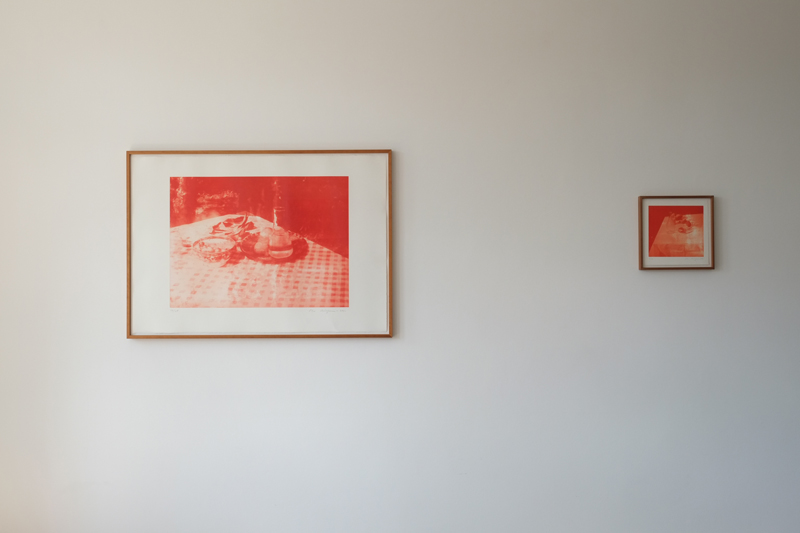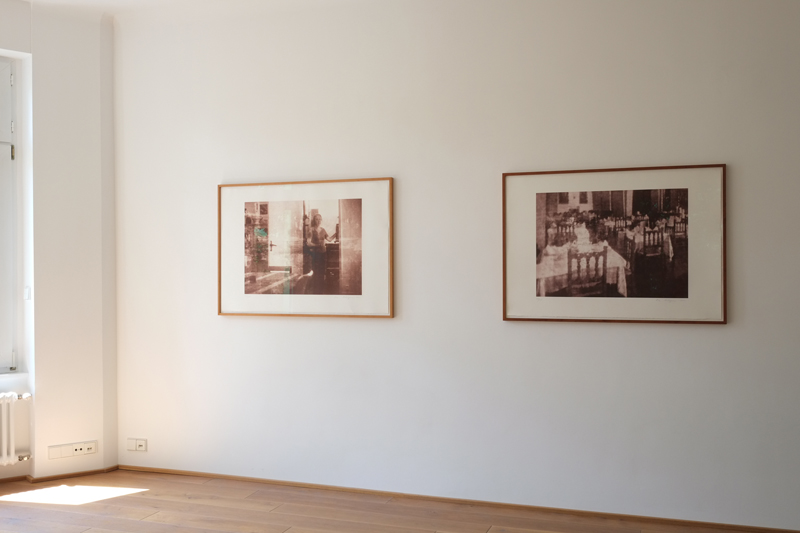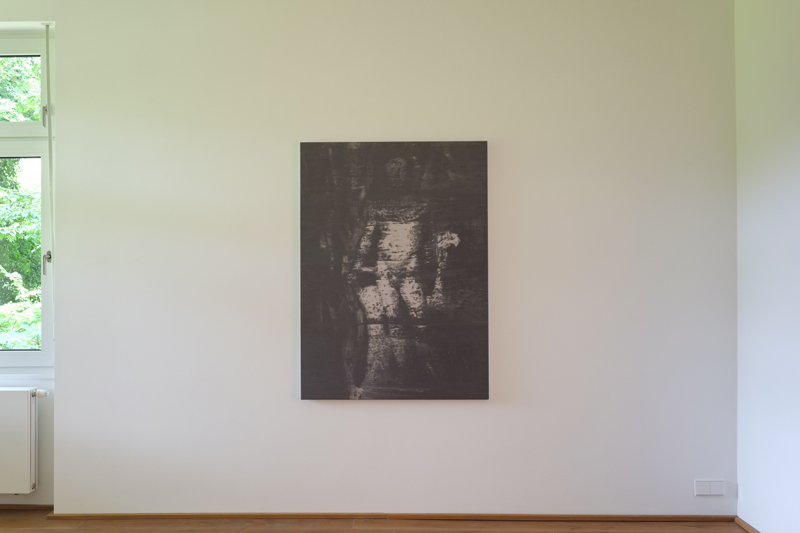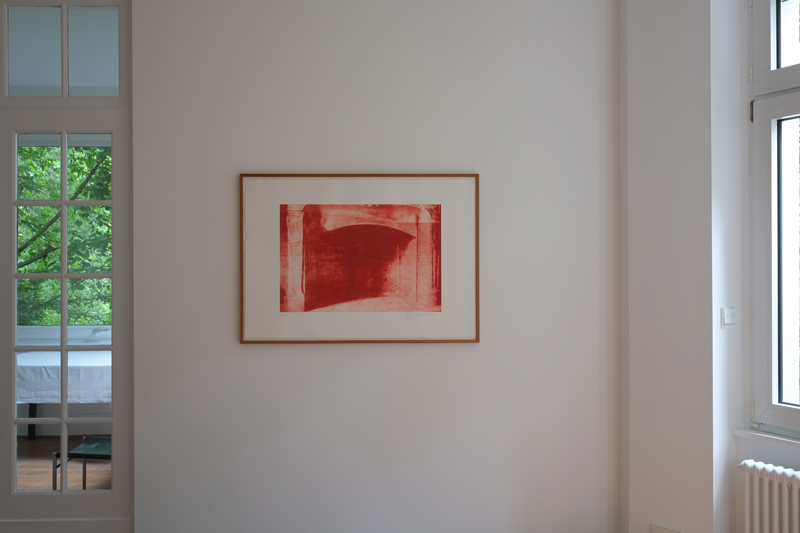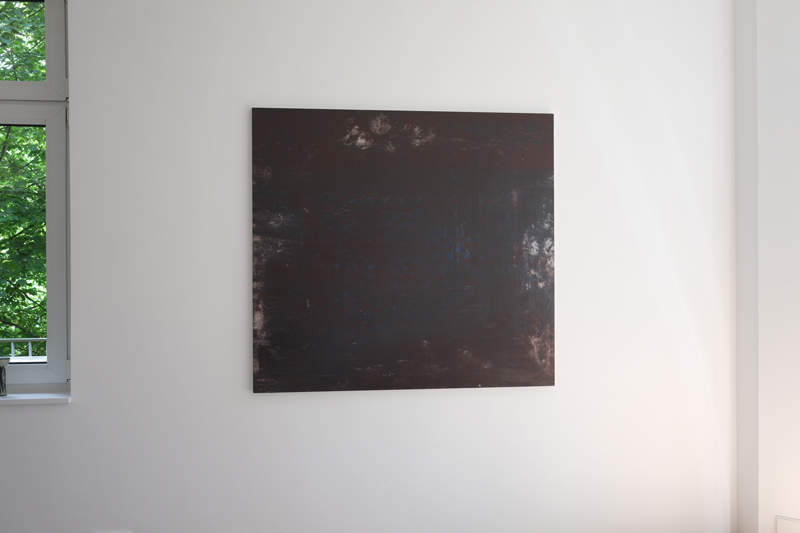Ola Billgren
23 May – 24 June, 2016
Ola Billgren (1941–2001) is considered one of the most important painters of postwar Sweden. His style became formative for Swedish Pop Art in the 1960s, which engaged less with the products and visual strategies of print media and more with the scenic psychology of film (Ingmar Bergman, Michelangelo Antonioni). After the expressive beginnings of his youth, Billgren’s paintings of the 1960s depict people in their immediate surroundings—often in dusky light, placed at the edges of the pictorial space, with emphasis on the materiality of the objects around them.
In the 1970s, he infused his works with dramatized roles. Billgren explored the interplay between psychological expressiveness and painterly space. During this time, a more intensified reflection on the nature of the medium of painting itself began. Various cultural sources—writing, books, color-transformed reproductions, halftone patterns—found their way into his paintings. On the painterly level, too, a transformation occurred: Billgren returned to a more expressive brushwork and engaged both conceptually and visually with the relationships between colors. This shift culminated in his abstract romantic landscapes of the early 1980s. From the expressivity of interwoven colors, Billgren developed, toward the end of the decade, a system of image layering. The resulting urban landscapes featured competing perspectives and stacked textures.
In the 1990s, Billgren condensed these experiences into seemingly monochromatic pictorial spaces. He withdrew depth from the images, yet allowed the density of color to evoke a corporeal presence, a sensory feeling, and through its dynamic motion, a human emotionality. Billgren’s painterly cosmos finally culminated at the end of the 1990s in two poles: in his green landscape paintings and in his seemingly gray sculptural works.
In the green landscapes, he succeeded in uniting the two opposites of our experience of nature: the sensation of expansive, flowing infinity and that of familiar proximity.
The sculptural paintings emerged from the chromatic blending of the three primary colors—red, blue, and yellow—and from an inversion of light and darkness. From the soft darkness of the paint mass, Billgren generated a space devoid of color, which in its modulation of brightness forms a sculptural body. Paradoxically, from the absence of color arises the presence of a body, which becomes animated through the movement of its silhouette. From its stony center outward to its edges, it accumulates an intimate charge and in doing so, gives rise to grace as a sensory experience.
The internal drama of the color immerses the images in an emotional, intimate, quiet glow—truly a painterly marvel in both cases. Thus, shortly before his death, Billgren brought together the threads of his painterly work in a climax addressing the question of human vitality. Both groups of works hold a mirror to the viewer: How can we, as humans, view ourselves legitimately? One answer is: through a work of art. But Billgren shows us that such a work, in its ability to speak to us, can only ever be something immaterial.
The other possibility is to contemplate one’s surroundings—the contemplation of nature.
Yet this is not something concrete, but rather the space of our thinking and feeling,
a dialogue of vastness, distance, and nearness all at once.
Installation Views
